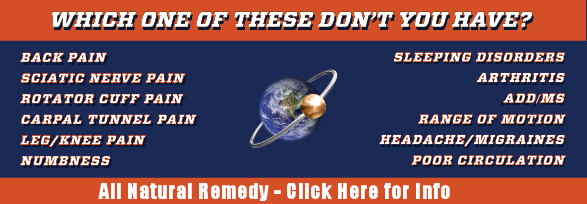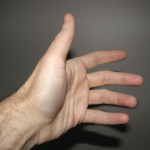 The exact causative factor of rheumatoid arthritis is not yet known. In the past infectious agents, such as bacteria, viruses and fungi, have been suspected, although none have been proven. It is suspected that certain factors in the environment may also trigger the activation of the immune system in individuals who are already susceptible to an immune mediated disease.
The exact causative factor of rheumatoid arthritis is not yet known. In the past infectious agents, such as bacteria, viruses and fungi, have been suspected, although none have been proven. It is suspected that certain factors in the environment may also trigger the activation of the immune system in individuals who are already susceptible to an immune mediated disease.
Individuals often present to the physician with swollen and tender joints. The doctor will review the history of symptoms, examine the joints, the skin for rheumatoid nodules and may x-ray certain parts of the body looking for degeneration. The diagnosis is based on a pattern of symptoms, blood work and x-ray findings. Your primary care physician will then recommend you confirm your diagnosis and receive your treatment protocols with a rheumatologist. This is a doctor who has received special training in the treatment and diagnosis of arthritis.
One significant diagnostic criteria is an antibody in the blood system called “rheumatoid factor” that is found in 80% of the patients who suffer from rheumatoid arthritis. Another antibody, citrulline antibody, is present in most patients with rheumatoid arthritis and is also useful in the diagnosis. Citrulline antibody is looked for when there is a previously undiagnosed inflammatory arthritis without the presence of rheumatoid factor. Other blood tests which will be used are a sedimentation rate and C-reactive protein. (3)
At this point the rheumatologist will classify the severity of the arthritis based on the results of the diagnostic x-rays. The basis of the treatment protocols will be the classification of severity in order to reduce the pain, inflammation and degeneration.
Rheumatoid arthritis will cause joint damage that patients can find to be debilitating and disfiguring. Some damage may make it impossible to complete daily activities such as dressing, teeth brushing or cooking. At first it may take more energy to complete them but eventually you may not be able to do them at all. Some of the newer treatment protocols are helping to stop joint damage or presented before it occurs in order to continue the activities you enjoy.
At this time there is no cure for rheumatoid arthritis although medications can help to reduce inflammation. Physicians will also recommend occupational and physical therapy to teach you how to protect the joints you are using, to prevent and decrease the amount of damage that is being done. Medications may include nonsteroidal anti-inflammatory drugs, steroids, disease modifying antirheumatic drugs, immunosuppressants, alpha inhibitors and other drugs which target a variety of inflammatory substances in order to decrease the inflammation in the joints and organ systems.
It is important to continue to be evaluated and treated by a rheumatologist when you are diagnosed with rheumatoid arthritis. This helps to prevent as much joint damage as possible, improve the likelihood you will remain functional as you grow older and decrease the necessity for a potential joint replacement surgery.
References:
(1) American College of Rheumatology: Rheumatoid Arthritis
http://www.rheumatology.org/practice/clinical/patients/diseases_and_conditions/ra.asp
(2) University of Maryland Medical Center: Rheumatoid Arthritis
http://www.umm.edu/patiented/articles/what_symptoms_of_rheumatoid_arthritis_000048_4.htm
(3) Arthritis Rheumatology: Antibodies to citrullinated alpha-enolase peptide 1 are specific for rheumatoid arthritis and cross-react with bacterial enolase
http://www.ncbi.nlm.nih.gov/pubmed/18821669
| Advertisement | |
 |
|



Leave a Reply